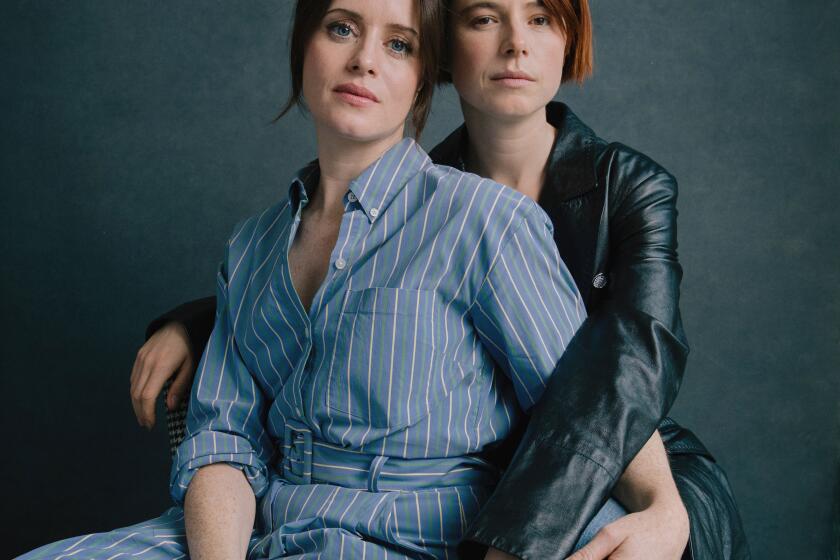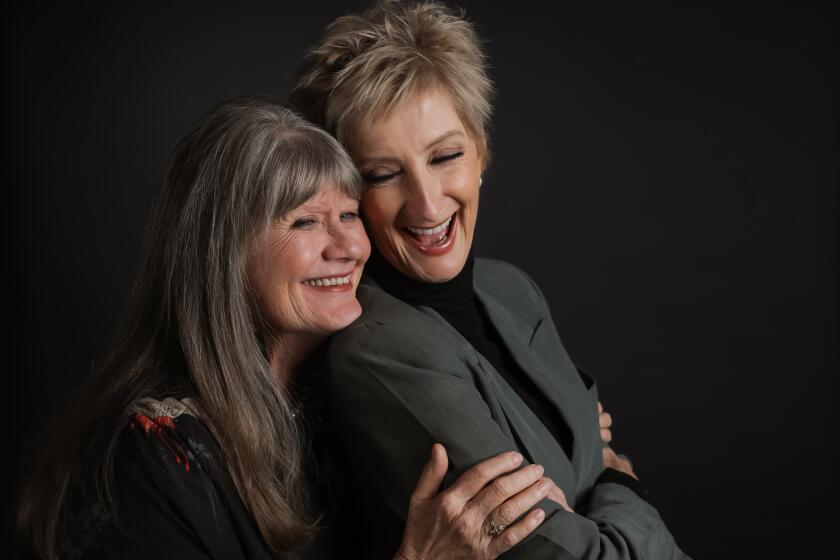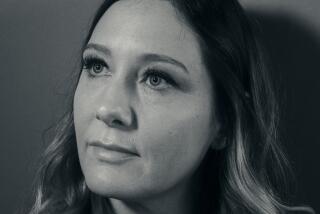Sarah Polley: Bringing my own experiences âwas by far the most challenging thingâ
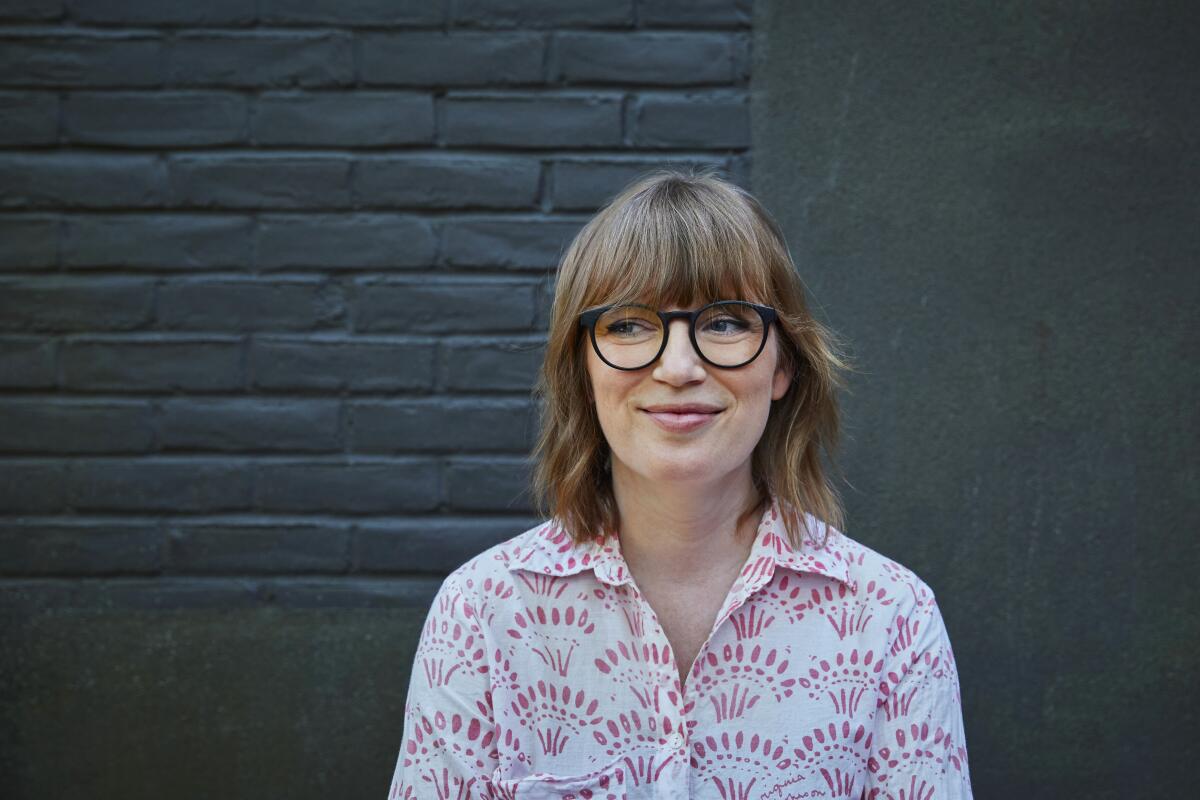
Writing the screenplay for âWomen Talkingâ required a rigor and ruthlessness I was previously unacquainted with. Iâve never written so many drafts of anything, and always, at the end of the work I had set out for myself, I could see even more ahead of me. It wasnât a question of expansion but one of constant concentration. How could I tell this story efficiently and not let it linger, while still giving us the space to return to, and sort through the meaning of a word like âforgiveness,â which shifts and becomes more nuanced as the charactersâ conversation deepens?
The film had to move like a bullet while simultaneously giving us necessary breaths to think.
At some point in the writing process, I realized that in order to track their trajectory respectfully, I had to write two passes from each of the nine main charactersâ point of view. Even if a character wasnât active in a scene, they were affected â and sometimes fundamentally changed â by the exchanges happening on the other side of the room. I needed to give each of these women a chance to be the only important character in my mind for a couple of drafts, to track the minutiae of each of their emotional and intellectual responses to the unfolding conversation.
Women have a lot to say, the two âWomen Talkingâ actors agree. Now we just need people to actually listen.
In order to capture the spirit of the novel, I often found myself having to resist my desire to hew too closely to it. I began with a board of index cards on my wall, each of which described a ânon-negotiableâ moment from the novel that could not be cut from the film version. As I look up at that bulletin board now, with its yellow and blue cards, emphatically declaring the moments I loved too much to ever part with, I see that more than half of them either werenât shot or were cut in the editing room.
I was similarly attached to the sublime narration of August, the male character whose minutes of a meeting we are reading as the voice of the novel. While this works so beautifully in the book, we realized deep into the edit that for us to feel connected to the film, it was essential to hear this story through a female voice. I had to go away for a week and write, stream of consciousness, from the perspective of the youngest character in the room (played by the great Kate Hallett), as she grapples with the past from an unknown future. To do this, I had to mine my own experiences in a way I had previously avoided.
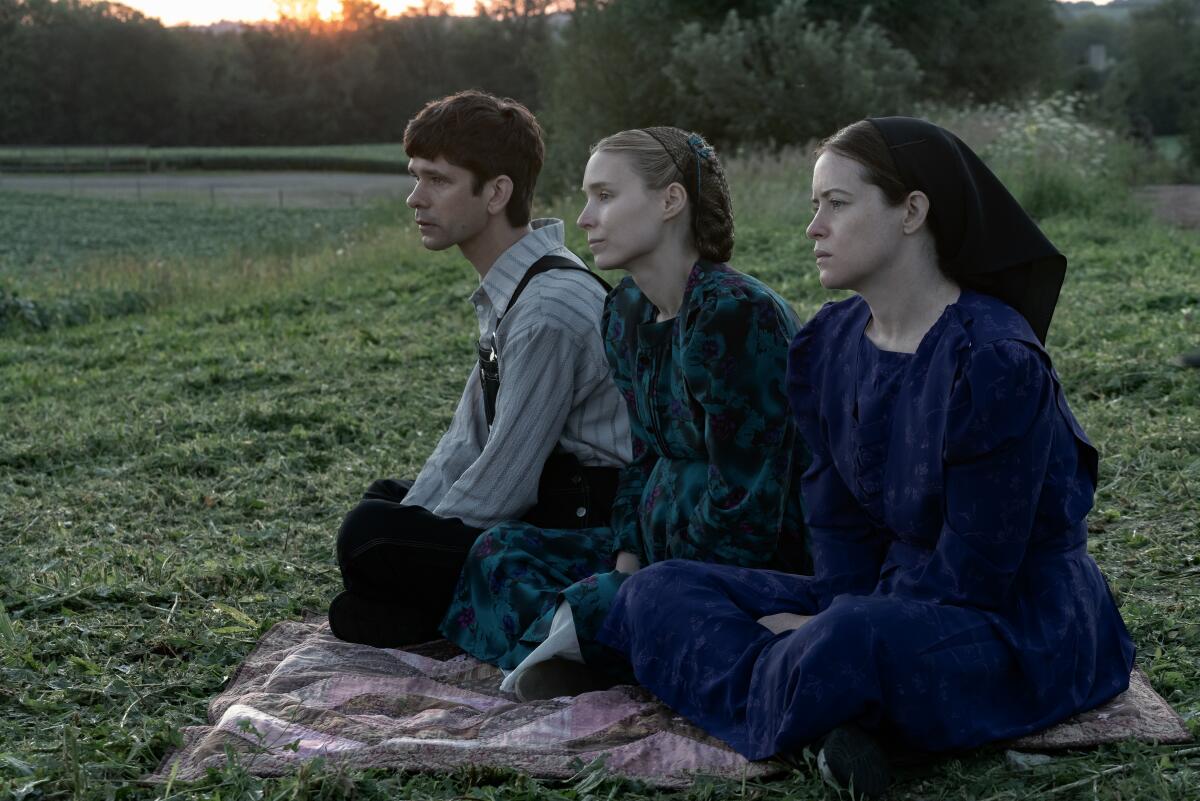
Up to this point in the process, some of my favorite lines had come directly from my collaboratorsâ personal experiences; the line âSometimes forgiveness can be confused with permissionâ came from someone on the production who had experienced domestic violence and eventually realized that every time she had verbally forgiven her partner, it had actually functioned as permission for him to be violent with her again. Gretaâs apology to Mariche for her complicity in her daughterâs abuse was informed by a crew member sharing that he had never received such an apology from his parents in a parallel situation, and he helped us understand what he would have needed to hear and see in order to move forward in a relationship with his parents.
Now, having to write narration from the perspective of a 16-year-old girl processing violence and observing, with brutal honesty, the complex dynamics of her communityâs response required me to bring some of my own past experiences to the table in the manner that so many of my cast and crew already had. This narration was by far the most challenging thing I have ever had to write.
Making this film was a constant process of letting go. Letting go of the structure and many details of the novel I loved so deeply in order to spiritually hew closer to it; letting go of the idea that I was ever going to be finished with this conversation; letting go of earnestness in favor of humor and joy; letting go of things I dearly loved but that no longer belonged. It was liberating and it was painful.
âThis was a very unusual theatrical commitment from all of us. It was like a Broadway run,â Sheila McCarthy says of the three-month film shoot.
The best scene I have ever shot in my life is an exchange from the novel in which Uncle Earnest, the owner of the hayloft, suddenly appears as the women are about to leave at the end of the film. He has dementia, and at first wonders if they might be angels and he might be dead. He also becomes threatening as he wonders if they might be about to burn down his barn. This sudden obstacle in the final 10 minutes, from a confused, lovable and sometimes threatening male interloper, turns into a moment of hilarity and profound sadness as Agata, one of the elders, must convince him to go back to his house with one of the younger women in order to conceal their plans, which involve his abandonment.
They love him and must grapple with their complex feelings about leaving him behind, but their priority must be to set forth into another world in which they might be liberated. How painful it was to realize that this scene in which David Fox and Judith Ivey did such masterful work did not belong in the film. While it worked beautifully in isolation, it slowed down the crucial urgency of the outcome of the conversation we had been living in for an hour and a half, and it had to go in order to be respectful to the whole.
While the experience of making this film was, at its core, one of joy, this was also one of many such heartbreaks, and if making this film taught me anything, itâs how to live alongside heartbreak, to see its essential function and let it propel me forward rather than hold on too tightly to what I used to believe.
More to Read
From the Oscars to the Emmys.
Get the Envelope newsletter for exclusive awards season coverage, behind-the-scenes stories from the Envelope podcast and columnist Glenn Whippâs must-read analysis.
You may occasionally receive promotional content from the Los Angeles Times.
